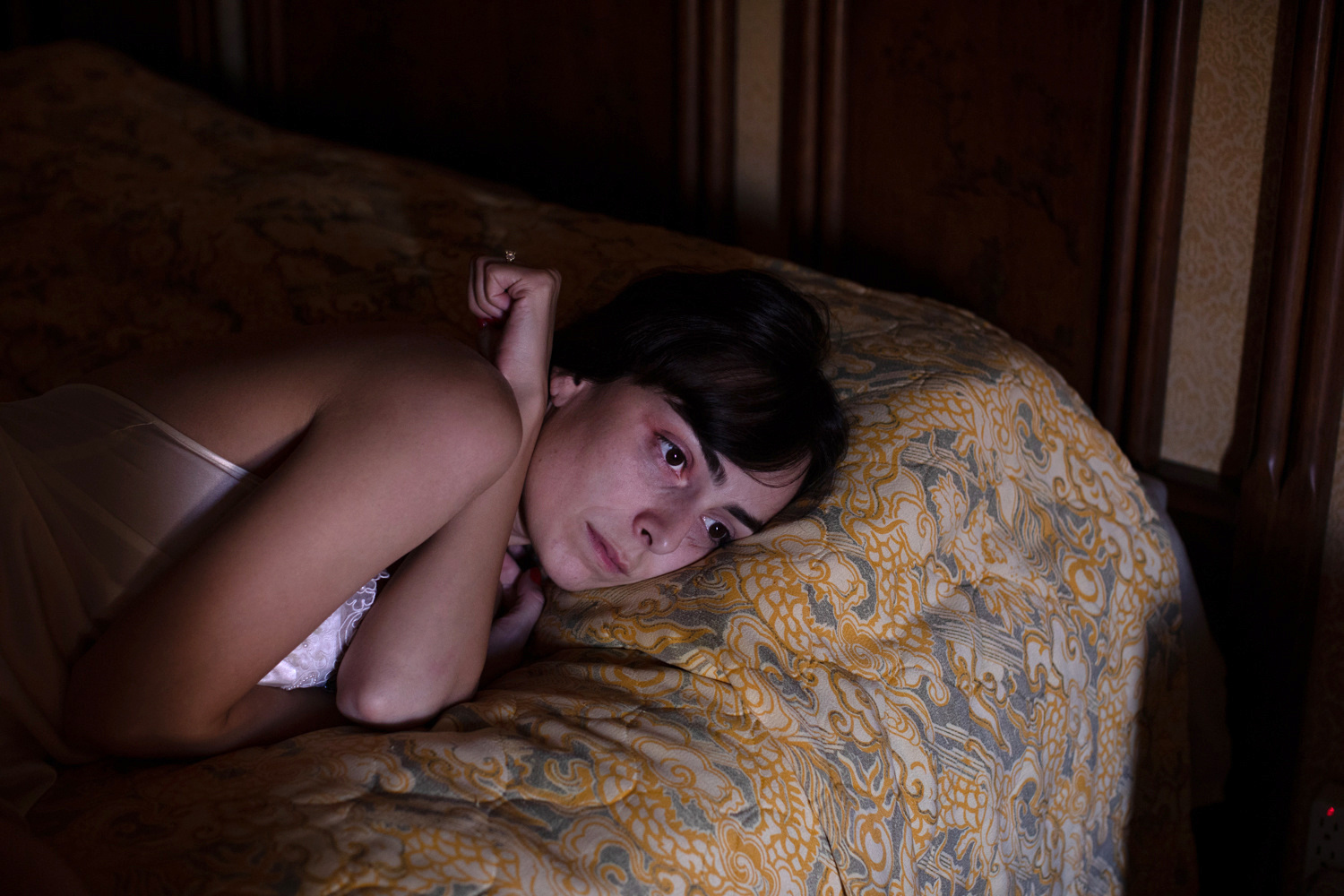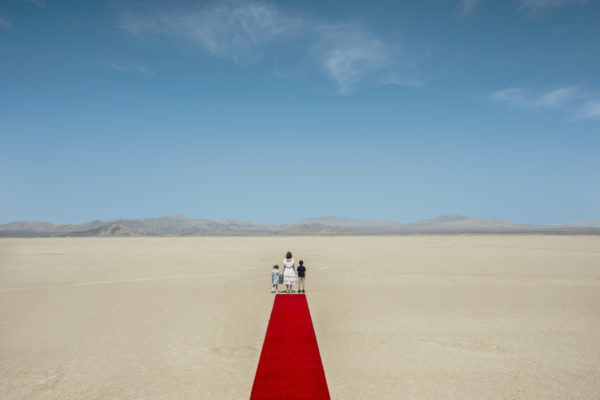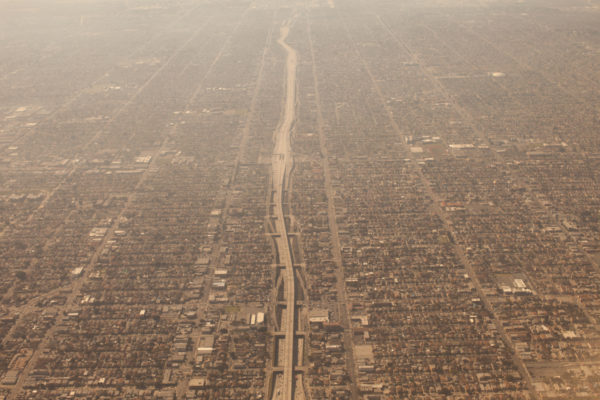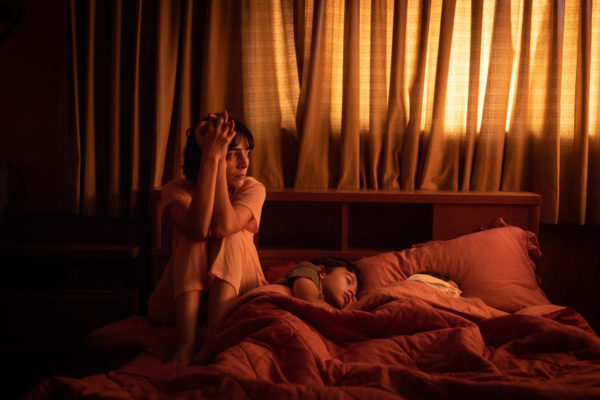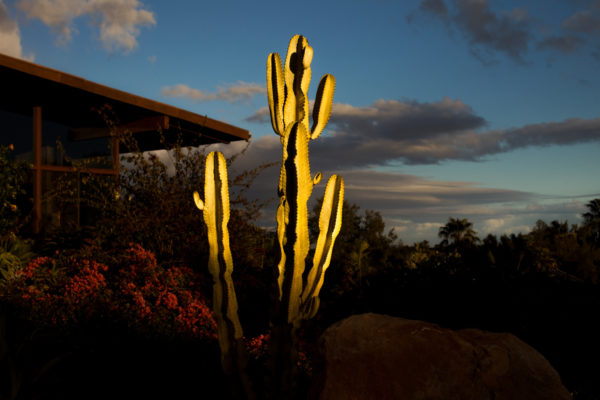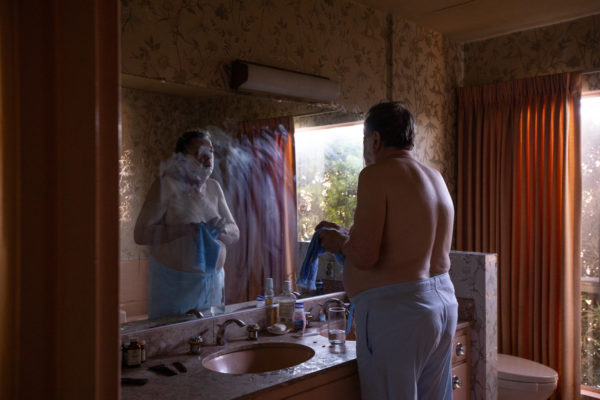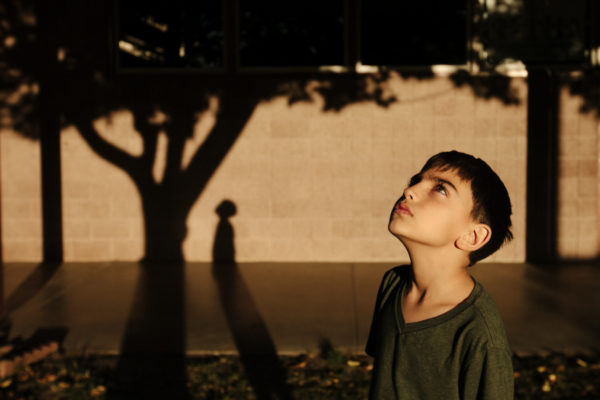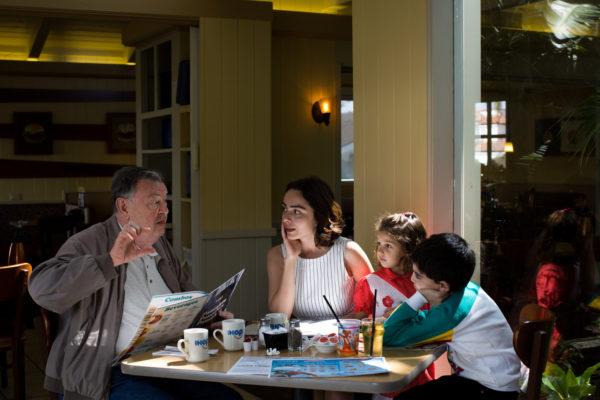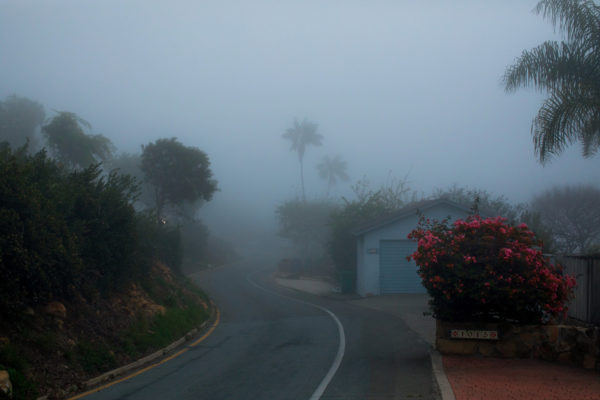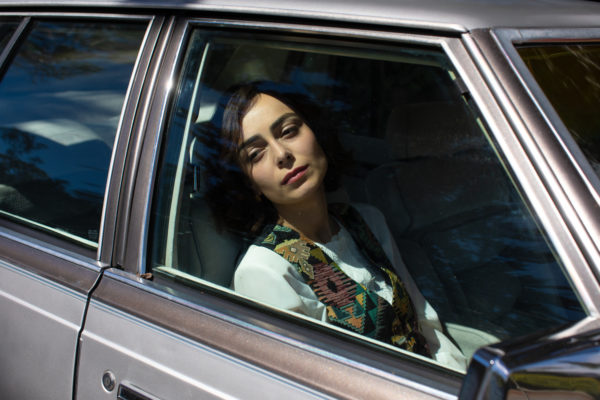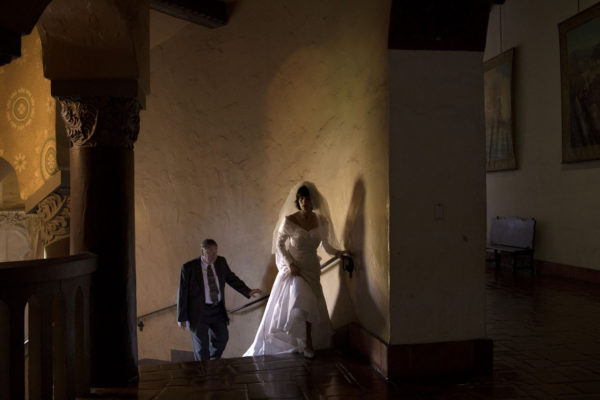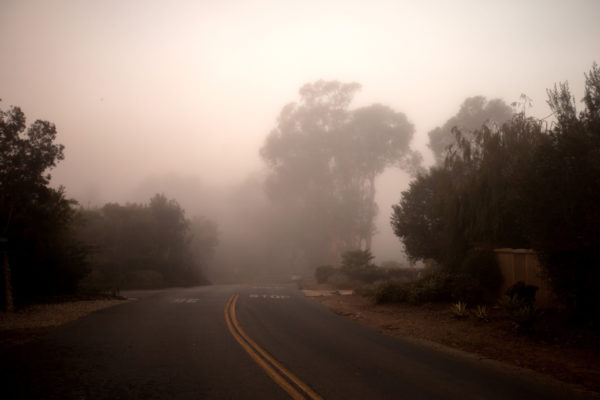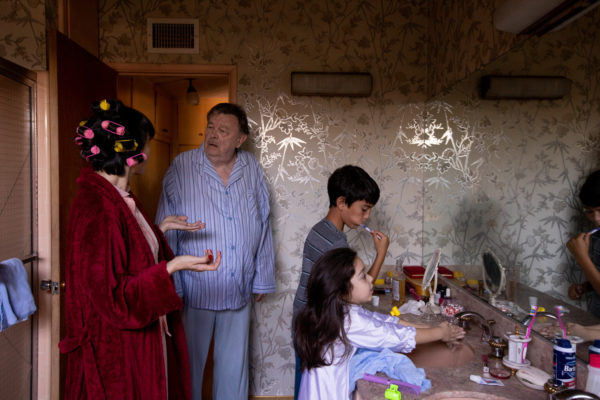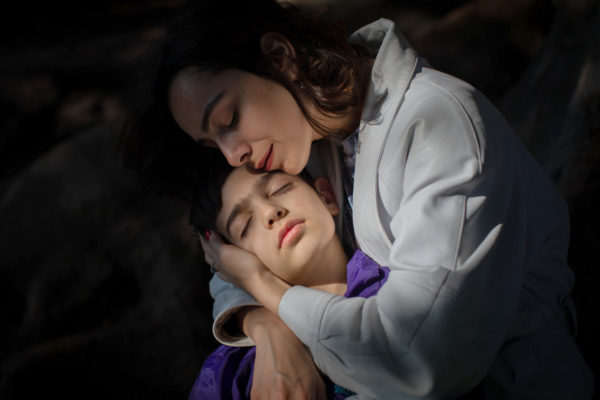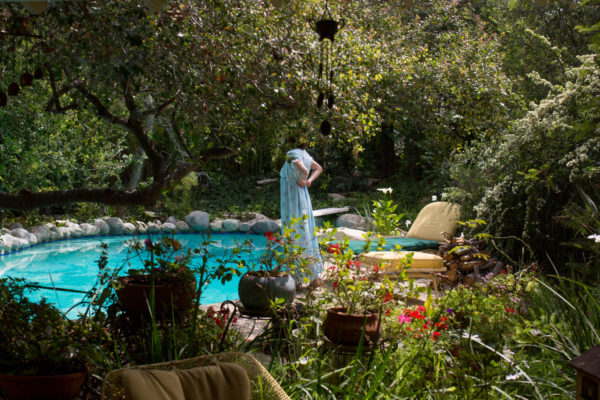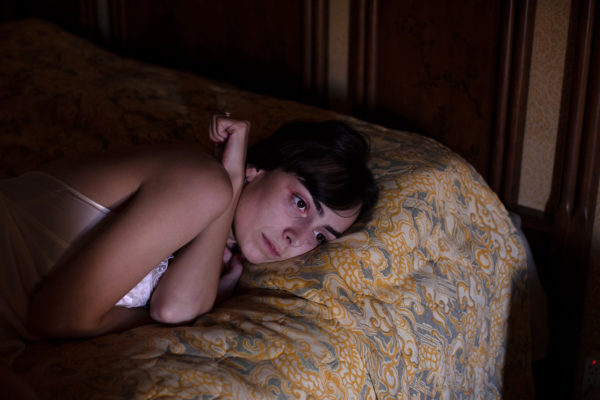Diana Markosian
Lives and works in the USA
www.dianamarkosian.com
Santa Barbara
Santa Barbara is a project exploring identity and immigration through the eyes of one family, my own. Inspired by the 1980s soap opera, Santa Barbara, my mother became a mail order bride from Russia to the United States, taking my brother and I along. Through still image and film, this project attempts to re-create the emotional experiences of coming to America as immigrants.
The early 1990s in post-Soviet Russia was a world that had lost its identity. For the first time in more than seven decades, the country was no longer a part of the Soviet Union. Russia was on its own, as were its citizens. The economy was in shambles and grocery shelves were empty. My own family was no exception. During the day, my brother and I collected bottles to exchange for food while my parents sold Barbie dresses on the streets of Moscow. Coinciding with the onset of this bleak landscape was the premiere of the show Santa Barbara. It was the first, and for a long time, the only Western television show to be broadcast in the country. The show—saturated with wealth and sun — provided an escape to a life that was out of our reach. For many families, Santa Barbara symbolized all of America, all of the West. It was a way of escaping our reality to a place that did not belong to us. “I want to be with those people,” I remember my mother saying as she watched Eden and Cruz in sunny California. My father, however, didn’t share this dream. The fall of the Soviet Union had brought with it the dissolution of my parents’ relationship. For most of my childhood, my father was absent, leaving my mother to raise my brother and me as a single parent. Then one day, my mother found a way to achieve the true American dream. “I am a 35 year-old woman.”She wrote in a classified ad. “I want to come to America, and meet a kind man who can show me the country”. The ad attracted dozens of American men who wrote letters to my mother, inviting her to a new life on the other side of the world. One of them, Eli, 65, was from Santa Barbara. And this is where the story begins. The idea of touching something that felt untouchable. The year was 1996. In the middle of the night, my mother woke my brother and me to tell us we were going on trip. Leaving my father in Russia, we boarded a plane and woke up in America, greeted by a landscape that was brighter than anything we had ever seen. That’s where an old man met us at the airport. My mother introduced him as a friend who would take care of us. Unbeknownst to us, Eli was as much a stranger to my mother as he was to us. The first night, my mother cried. She told us to pack our belongings. We would have to go back. My brother told her our future would be in America, not Russia. The strange older man, 30 years my mother’s senior, was to become our guide to America. Within a few months, my mother married Eli. She took his last name and changed her own name from ‘Svetlana’ to ‘Lana’; she became an American. Though she had her doctorate in economics, her first job in America was selling men’s ties at a department store while she studied English. By this time, our father, like our life in Russia, became a part of a faded image. We were now Americans.
To re-imagine the past, I’ve collaborated with a scriptwriter from the original soap opera, a casting director, and a set of actors, journeying to both of my childhood homes to reconstruct our final day in post-Soviet Russia, and our arrival to America. The film brings together the audition process, behind- the-scenes footage, archival home movies, scripted scenes, and an interview with my mother, Svetlana. This project is not the soap opera of my childhood, nor a traditional documentary, rather it is an immersive form of visual storytelling that employs memory and performance in equal measure to show our journey as immigrants to America.

